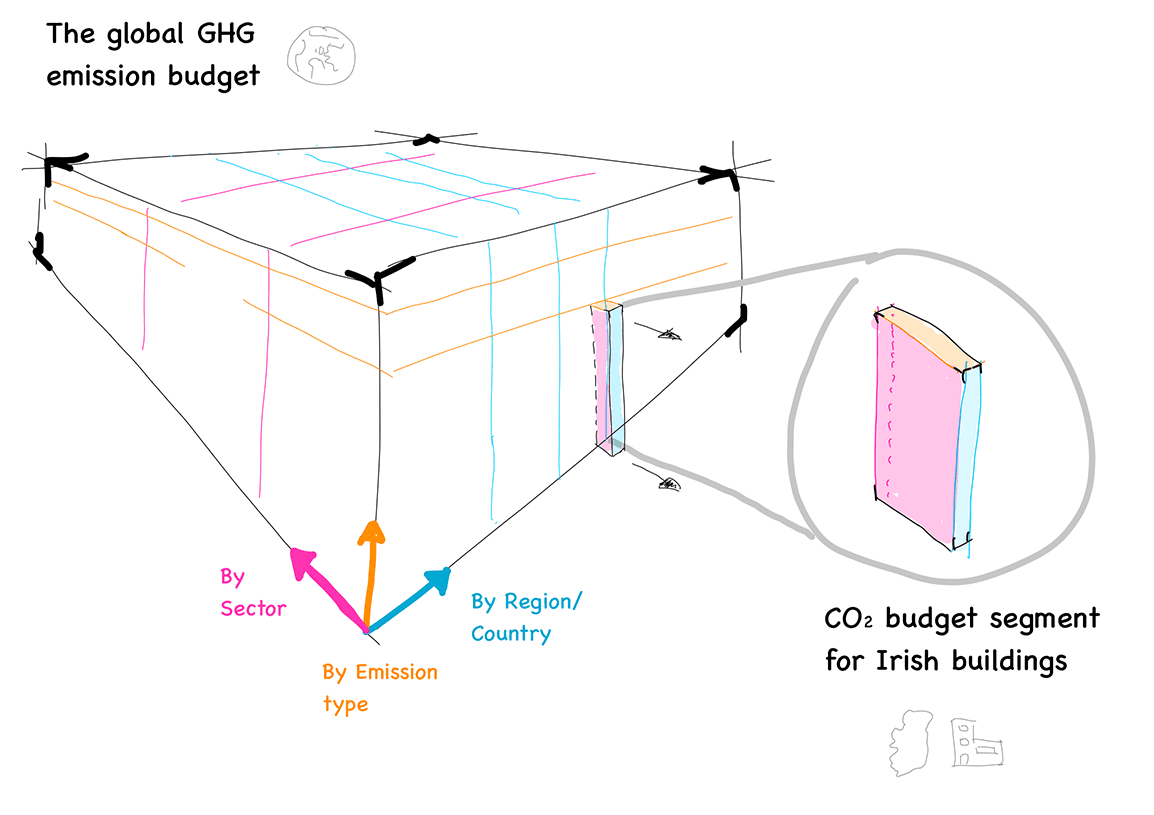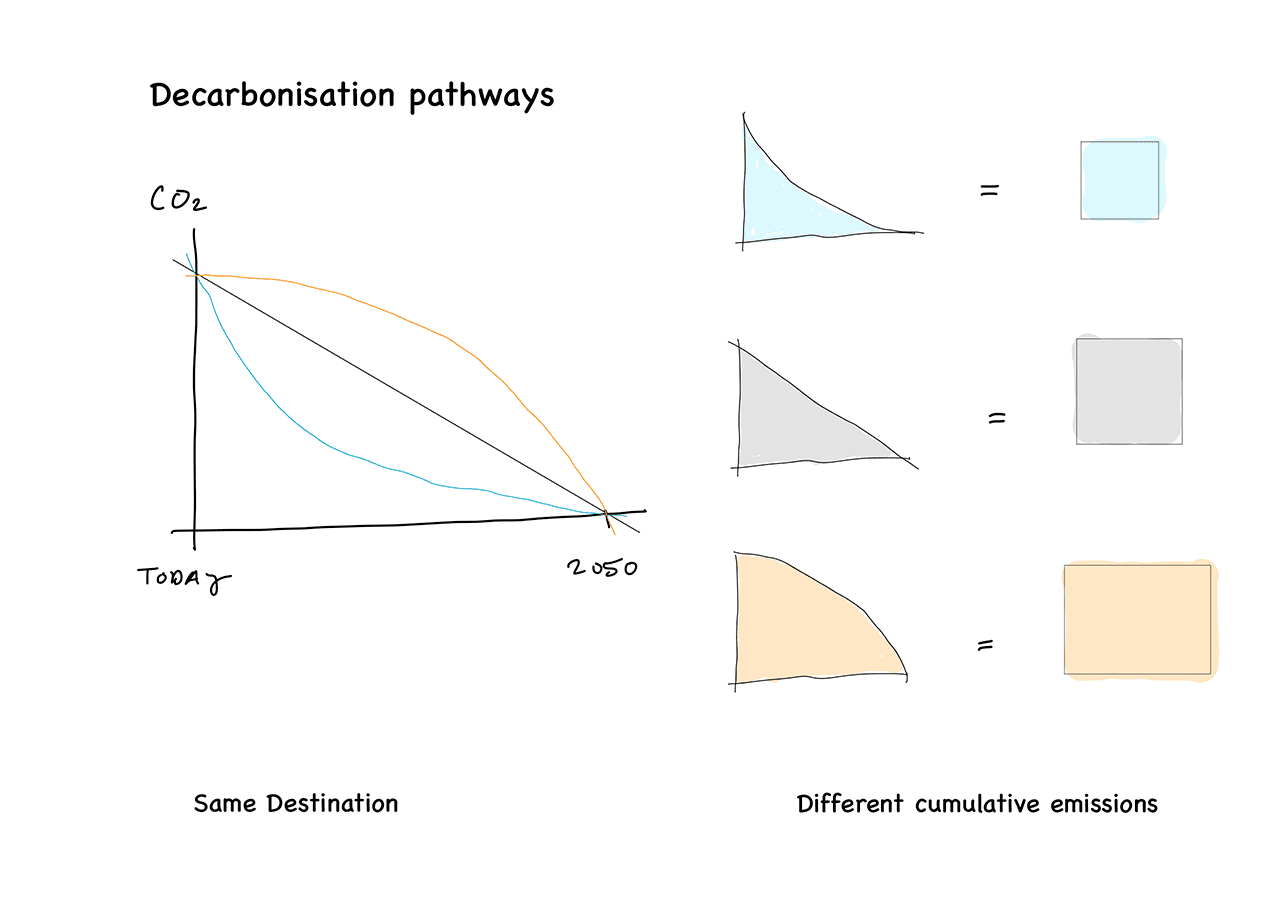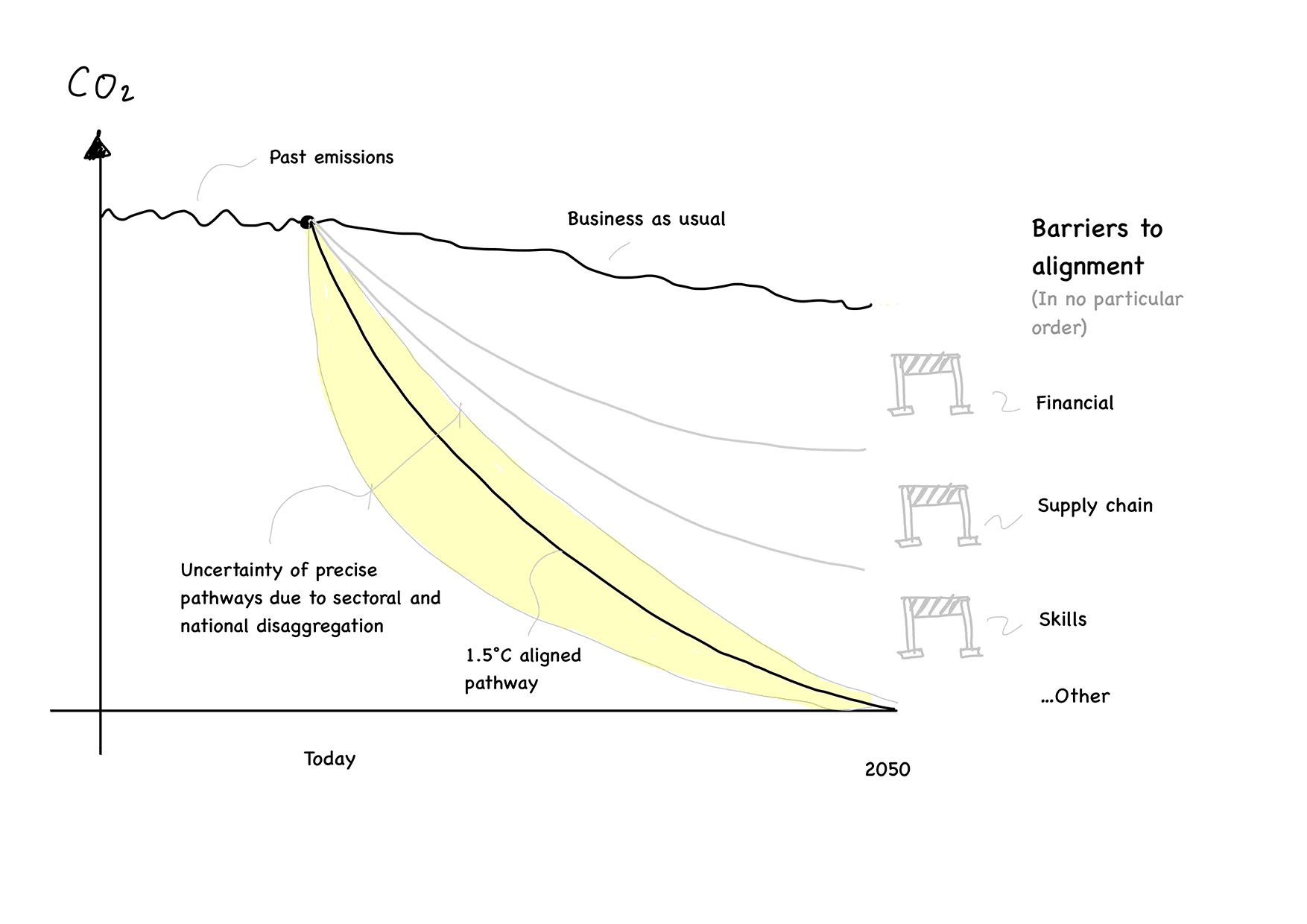Case study Ireland: Origins, evolution, ambition and implementation
The emergence of a “net zero” ambition for buildings has generated sustainability-directed competition for building owners and managers.
This is a good thing.
What is less good, however, is the fact that the term Net Zero is simple only in its two-word nature.
Its origins, meaning, and application to different sectors can be complex and is subsequently prone to misleading or inaccurate messaging and claims.
In this piece of research commissioned by Hibernia Real Estate Group, we try to untangle this complexity and present the Net Zero story as it relates to buildings. Specifically, Irish commercial buildings.
The report begins with an analysis of Net Zero’s scientific origins and how the term departed from these origins once it entered the commercial realm and its associated demand for regional and sectoral-specific targets e.g. “Irish buildings”.

A notable departure point is the missing link between the Net Zero destination and the Net Zero journey, which, in addition to setting a target date (usually 2050), requires that the pathway to this end date remains within a carbon budget. This is important.

Detail of two leading Net Zero standards which aim to restore this link is presented in the end of Part 1 of this work and discussed in the context of Irish buildings – 1) the UK Net Zero Carbon Building Standard (UKNZCBS), and 2) the Science Based Targets Initiative (SBTI) Buildings Sector.
The second section of this report then grapples with the very real challenges obstructing progress and which provide a partial explanation for the gap between climate action and climate ambition – namely: skills, materials, and capital.
This section also refers to some of the potential decarbonisation solutions cited in other publications.

The motivation for this work was to not only enhance our own understanding but to share the findings in the belief that a better-informed sector enables a better-performing sector within the confines of a more level playing field.
Download the case study report here: